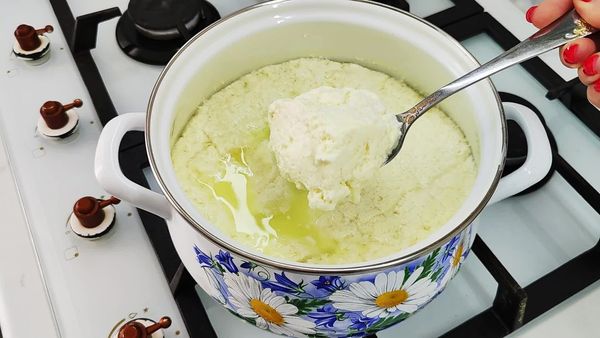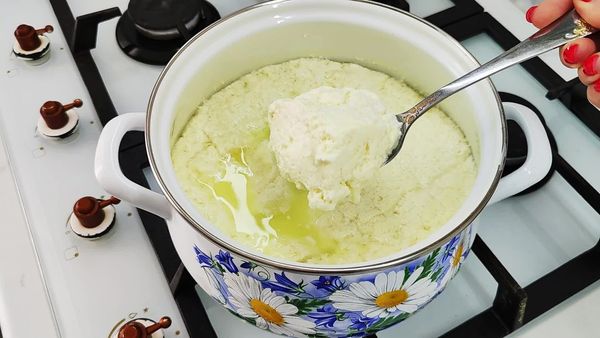Are you looking for a natural way to support your liver and cleanse your blood vessels? Look no further! The dynamic duo of beets and ginger is not only delicious but also incredibly powerful when it comes to detoxification and overall health. Let’s explore this simple recipe that can be a fantastic addition to your wellness routine.
Why Beets and Ginger?
Beets are a superfood that is well-known for their ability to support detoxification. They are packed with antioxidants and nitrates, which can improve blood flow and lower blood pressure. Beets also contain betaine, a compound that protects the liver and helps with fat processing.
Ginger, on the other hand, is celebrated for its anti-inflammatory and antioxidant effects. It aids in digestion, soothes the stomach, and promotes circulation. Ginger is also excellent at boosting the immune system.
Recipe: Beet and Ginger Detox Drink
Ingredients:
- 1 medium beet, peeled and chopped
- 1 inch of fresh ginger root, peeled and sliced
- 1 liter of water
- Optional: honey or lemon for taste
Instructions:
- Prepare the Ingredients: Begin by thoroughly washing, peeling, and chopping the beet into small pieces. Similarly, peel and slice the fresh ginger root.
- Simmer: In a large pot, combine the chopped beet and ginger slices with about 1 liter of water. Bring the mixture to a boil, then reduce the heat and let it simmer gently for about 20 minutes. You’ll notice the water turning a deep red color as the nutrients from the beet and ginger infuse into it.
- Strain and Enhance: After simmering, strain the liquid to remove the solid pieces. If you prefer a bit of sweetness or a citrus kick, you can add a tablespoon of honey or squeeze some fresh lemon juice into the drink.
- Serve: This drink can be enjoyed warm or chilled, depending on your preference. It’s both refreshing and beneficial.
Frequency: For detoxification purposes, drink one glass of this mixture daily, preferably in the morning on an empty stomach to maximize its benefits.
Benefits of Beet and Ginger Detox Drink
- Liver Health: The antioxidants and compounds in beets help purify the liver and flush out toxins.
- Circulation: Both ginger and beets boost blood flow, which can reduce the risk of blood clots and maintain healthy blood vessels.
- Inflammation: Ginger’s anti-inflammatory properties help reduce overall bodily inflammation, aiding in the prevention of chronic diseases.
- Digestion: Ginger aids in digestion, calming the stomach and reducing bloating.
Precautions
While this detox drink is generally safe for most people, it’s crucial to consult with a healthcare provider if you have conditions affecting blood sugar levels, blood pressure, or if you are on blood thinners. Beets and ginger have potent effects on circulation and heart health, so it’s always best to be cautious.
Incorporating this beet and ginger detox drink into your diet can provide a natural and refreshing way to support detoxification, improve vascular health, and enhance overall well-being. Enjoy the vibrant taste and health benefits of this simple yet effective natural remedy.












